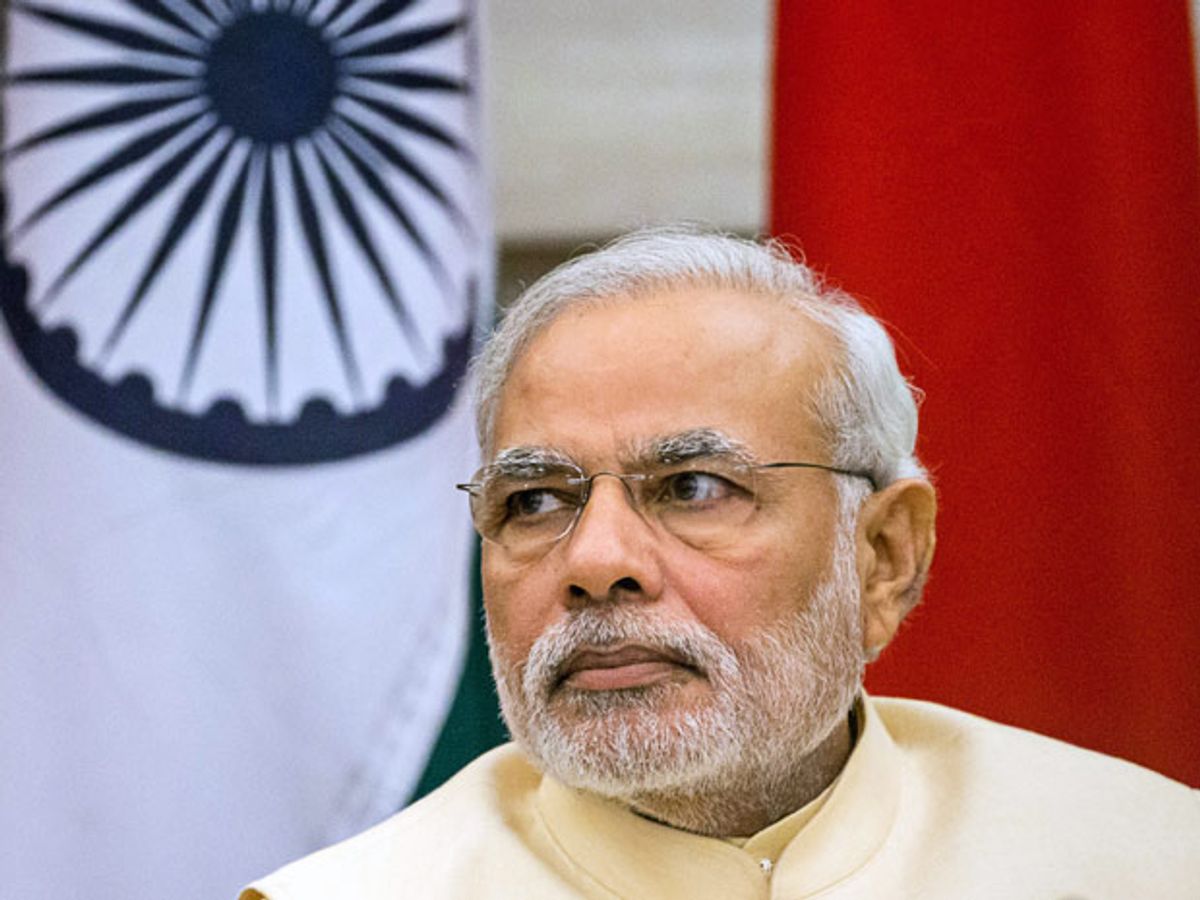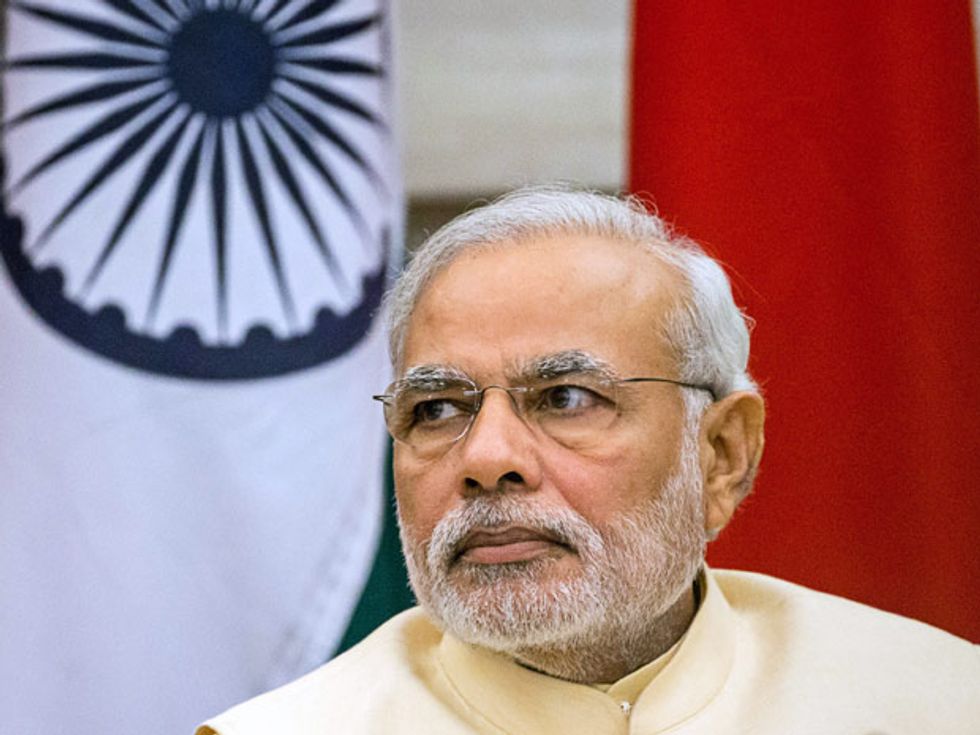First, the good news: the government of India announced that a memorandum of understanding has been signed toward building the first offshore wind farm in the country, a 100-megawatt "demonstration" project off the coast of the northwestern state of Gujarat. Construction of such a plant is still a ways off, with feasibility studies and other preliminary steps standing in the way. But Piyush Goyal, the Indian minister for power, coal, and new and renewable energy, pointed out that with 12,230 kilometers (7,600 miles) of coastline the opportunities for rapidly scaling up offshore wind are huge.
In an interview with TheGuardian published today, Goyal stressed that renewables are coming to India in a very big way. "We will be a renewables superpower," he said. He sees the market expanding so rapidly, in fact, that he predicted that US $100 billion will be invested in renewable energy over the next five years alone. The previous government had a target of 20 gigawatts of solar power by 2022, but Goyal said the real amount installed will "be much, much larger." How about 10 GW of solar every year, and another seven or eight GW of wind?
The money is already starting to roll in to India. In September, the Asian Development Bank announced loans of $150 million for transmission projects specifically intended for renewable energy in the state of Rajasthan. This is still largely an untapped market, however; in spite of the country's size, India has only around 32 GW of installed renewable energy so far. Of that almost 4 GW are small hydropower facilities, and almost 22 GW are wind.
Meanwhile, Prime Minister Modi visited the United States this week and discussed climate change with the President Obama and other leaders in Washington, D.C. Modi told reporters that the U.S. and India will "consult and cooperate closely" on climate change, a welcome baby step given the prime minister's on-again, off-again attitudes on whether climate change is really a threat.
But only days after that announcement, Goyal betrayed some of India's underlying attitudes about the climate elephant in the room, coal power. He denounced the developed nations' concern over Indian coal expansion as "homilies and pontificating, having enjoyed themselves the fruits of ruining the environment over many years." That isn't wrong, of course, but it also isn't very productive: You guys wrecked the world for a while, now it's our turn. He said that "coal also would have to expand in a very rapid way" in order to fulfill the promises of bringing power to those who don't have it.
So billions in solar investment, a burgeoning offshore wind industry, improving transmission infrastructure, and a bevy of new coal plants: India truly does have an all-of-the-above energy strategy at the moment.
Photo: Graham Crouch/Bloomberg/Getty Images
Dave Levitan is the science writer for FactCheck.org, where he investigates the false and misleading claims about science that U.S. politicians occasionally make.




